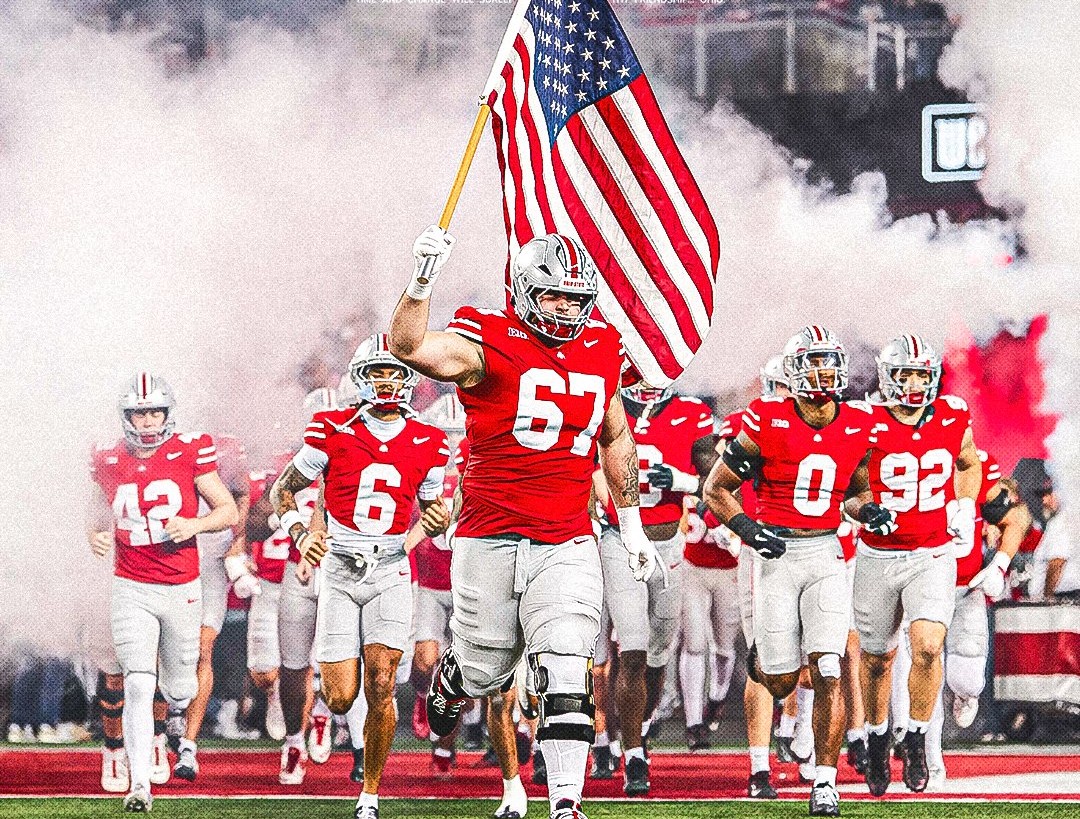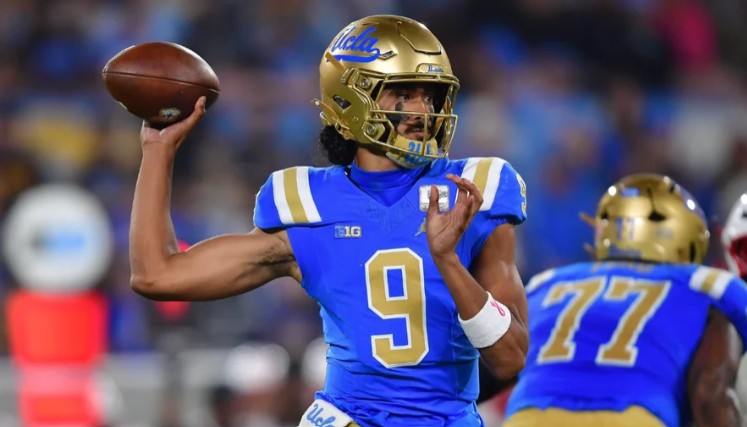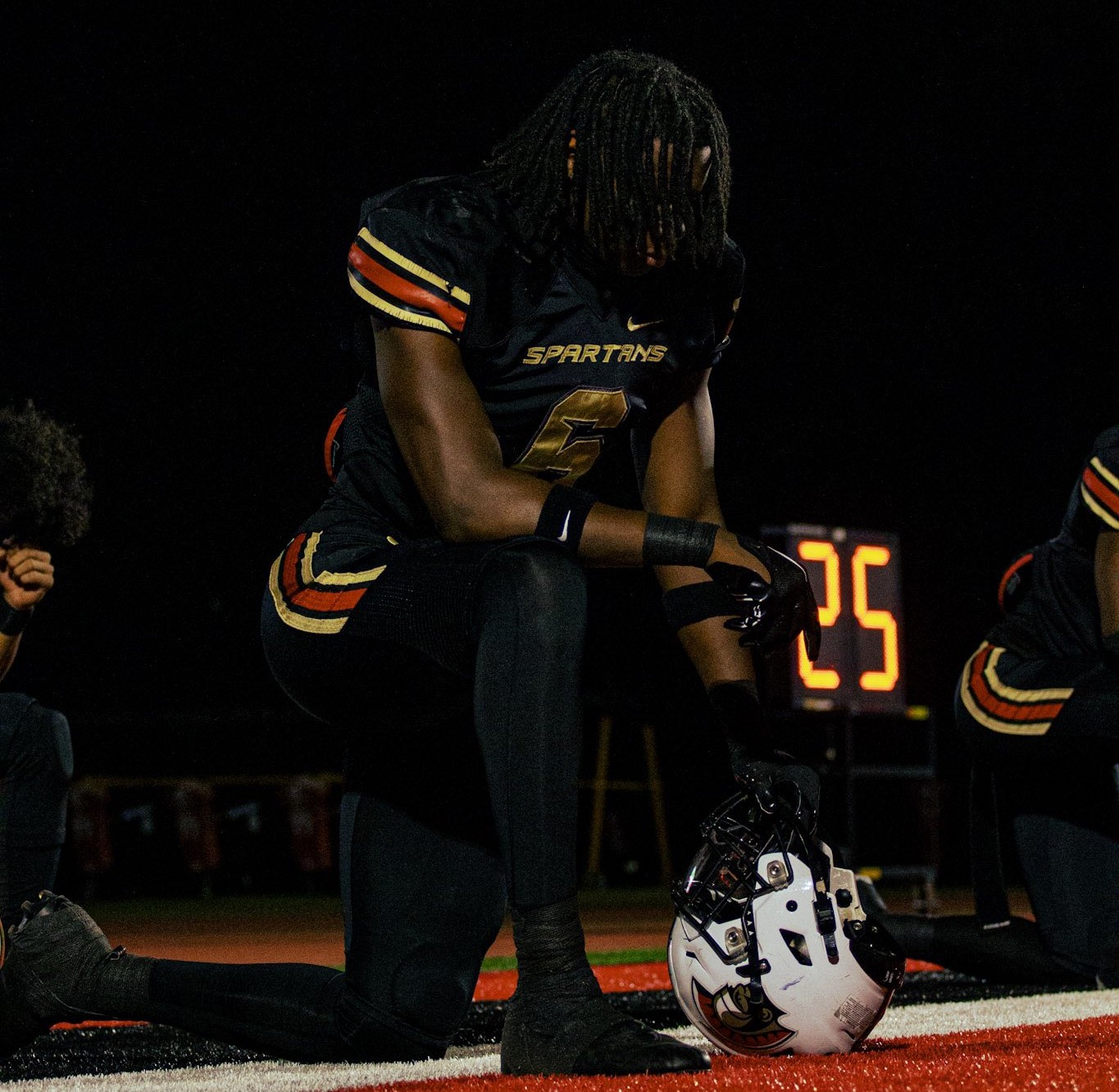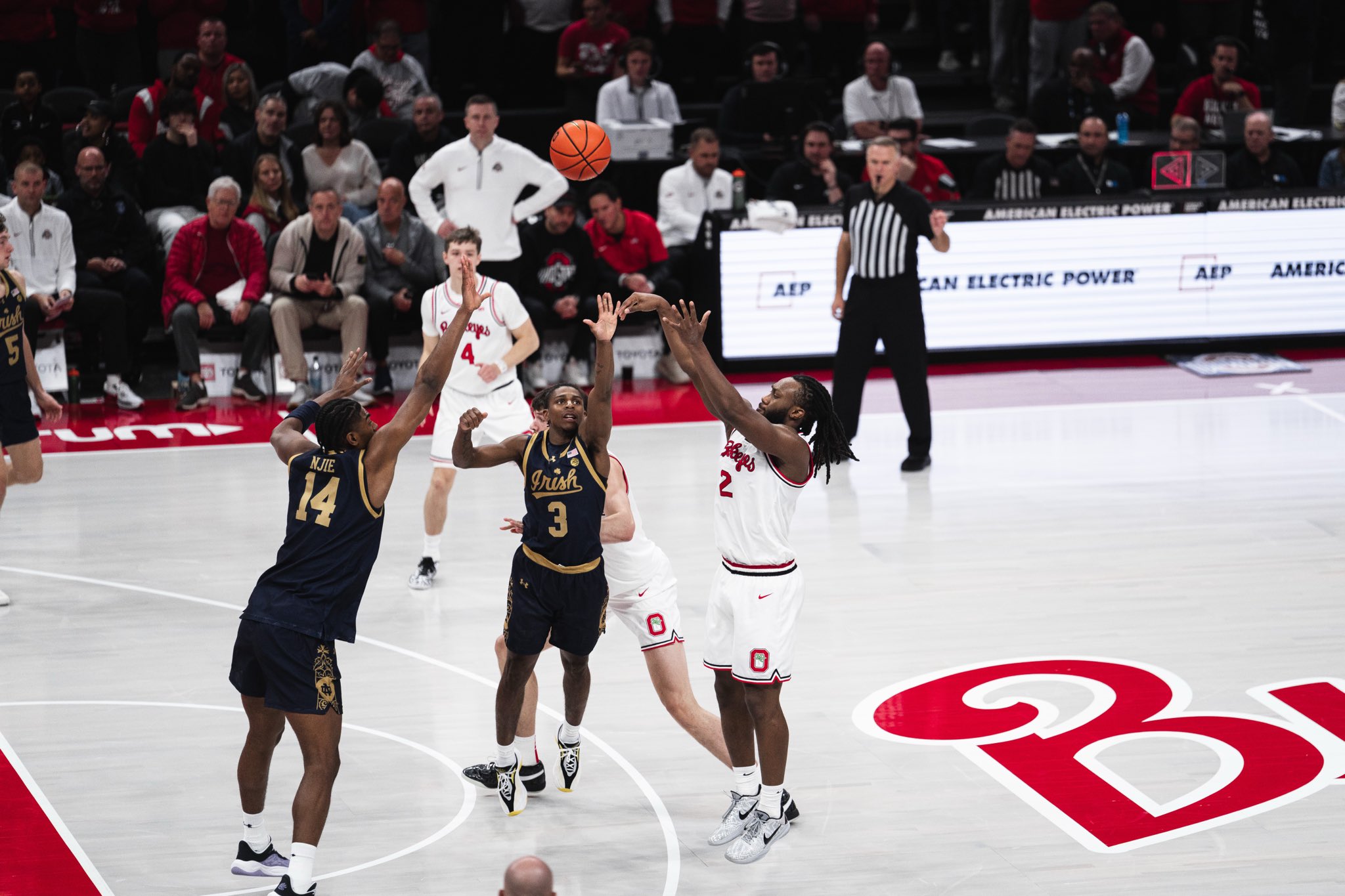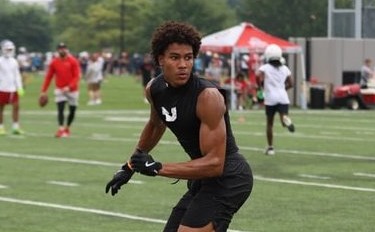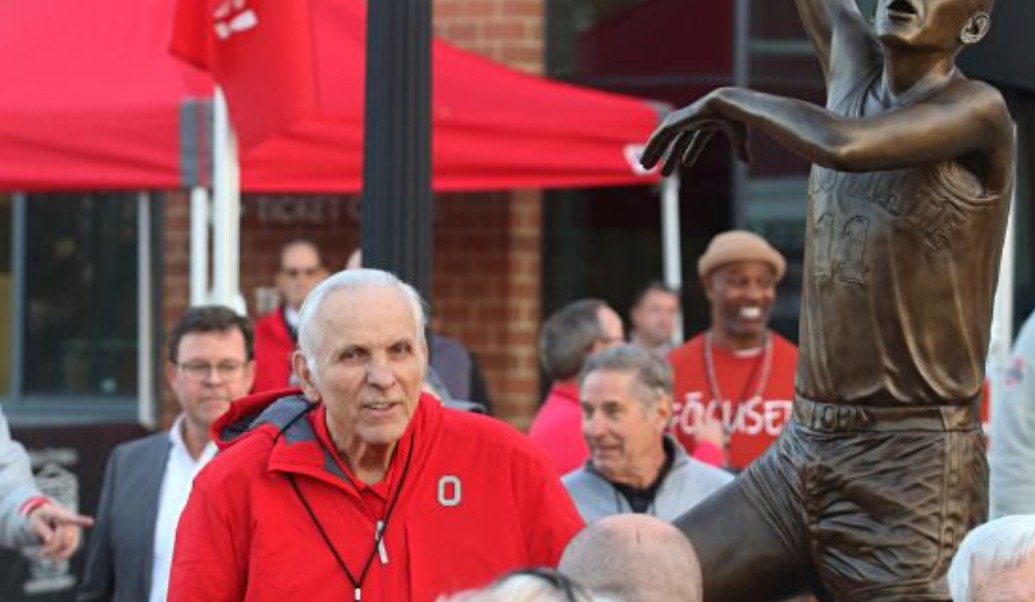
The modern college football landscape is nearly unrecognizable from what it was even five years ago, and nowhere is that more evident than in the Wild West of the transfer portal. During a recent episode of The OHIO Podcast, several passionate Buckeye fans and hosts tackled the transfer portal head-on, suggesting thoughtful and measured reforms that could restore balance to what has become an unpredictable, chaotic player movement system.
Cory, one of the show’s most vocal contributors, laid out a comprehensive plan to fix the portal. His leading idea, which drew consensus from fellow hosts and listeners alike, is to eliminate the current two-window system and instead move to a single transfer window after spring practices — from April 15 to May 15. This would not only give players a chance to evaluate their roles after spring ball but would also eliminate the December chaos, when teams juggle portal entries, bowl preparation, and recruiting all at once.
As Buckeye fans know all too well, maintaining roster integrity deep into the postseason is no small feat. Ryan Day and his staff have managed to build a culture that’s withstood the turbulence, but it’s increasingly unfair to ask playoff-bound programs to compete while also fending off tampering and roster erosion. The suggested spring-only window would ease this burden significantly.
Another major topic was enforcement — or the lack thereof. Cory called for tougher regulations on second-time transfers, citing the need for stricter sit-out rules and a clampdown on frivolous waivers. The group agreed: the NCAA’s current handling of waivers is inconsistent and weak, encouraging players to hop schools whenever adversity hits. As Chris pointed out, these second transfers need to come with real consequences, not just paperwork and lip service.
The Buckeye faithful also echoed the need for a cap on incoming transfer classes. Schools flipping their entire rosters annually — Colorado under Deion Sanders being the most prominent example — aren’t developing talent, they’re simply re-recruiting every offseason. Suggestions included a hard limit on incoming transfers, with exceptions or waivers available for new coaching staffs facing mass departures.
Skeeter, another contributor, proposed a radical — but intriguing — idea: require players to remain at a school for two years before being eligible to transfer. While this might be too restrictive for certain situations, it underscores a broader concern that young athletes are making impulsive, emotional decisions without fully understanding the consequences. Several hosts agreed that mandatory orientation programs, covering everything from NIL deals to mental health, could better prepare players for the realities of the portal.

NIL transparency was another recurring theme. Without clear tracking or accountability, the shadowy nature of NIL deals only further incentivizes tampering and fuels the perception that money — not development or fit — is driving decisions. The group called for a “light” disclosure system to improve transparency without compromising privacy.
There’s also growing concern over how the portal is hurting overlooked players. Eric shared a personal story about a family member who lost a Division I opportunity at Akron due to coaches waiting on transfer leftovers. As a result, quality athletes are falling through the cracks and heading to Division II or FCS programs — both of which have seen a noticeable uptick in talent as a result. It’s a hidden downside of the portal that rarely makes headlines but affects thousands of athletes.

Despite the complexities, a unified message emerged: the transfer portal needs structure, accountability, and moderation. For Ohio State and other elite programs, that structure is critical to maintaining competitive integrity. Ryan Day and his staff have managed it well, but they’re doing so in a flawed system that rewards chaos and punishes continuity.
As Buckeye Nation continues to chase championships, fans and analysts alike are demanding reforms that protect players while ensuring the sport remains rooted in development and loyalty — not just opportunism and impulse.


